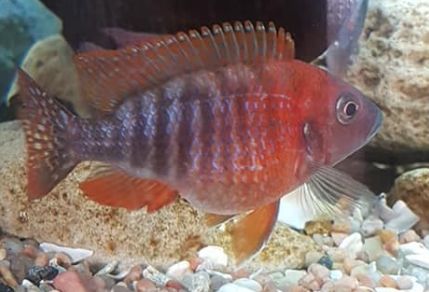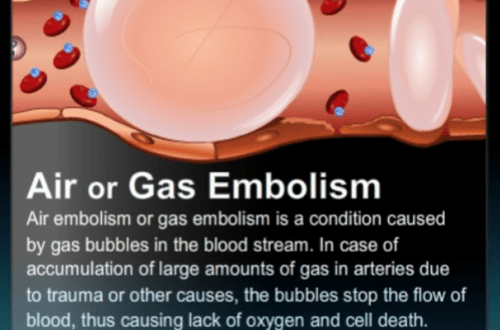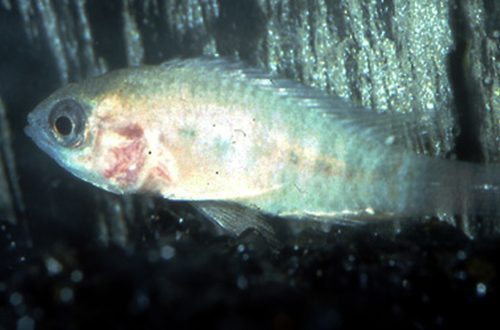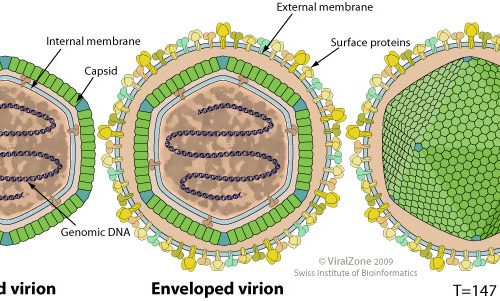
Bloating Malawi
Malawi bloat is most common among African cichlids from the rift lakes of Nyasa, Tanganyika and Victoria, whose diet is largely plant-based. For example, these include representatives of the Mbuna group.
Symptoms
The course of the disease is conditionally divided into two stages. First – loss of appetite. At this stage, the disease is easily treatable. However, in large aquariums it is sometimes difficult to find a fish that begins to refuse food and does not swim up to the feeder, so time is often lost.
The second stage visible manifestations of the disease. The belly of the fish can be very swollen, red spots appear on the body, ulcers, redness in the anus, white excrement, movements become inhibited, rapid breathing. Symptoms appear both individually and in combination in various combinations, and indicate the last stage of the disease.
If a fish has all of the above, it probably only has a few days left to live. As a rule, treatment at this stage is not effective. Euthanasia is the humane solution.
What causes sickness?
There is no consensus among specialists about the causative agent of Malawi Bloat. Some consider this a manifestation of a bacterial infection, others – the development of a colony of internal parasites.
The authors of our site adhere to the opinion of the majority of researchers who consider protozoan parasites that live in the intestines of fish to be the culprit of the disease. As long as conditions are favorable, their numbers are minimal and they do not cause concern. However, when immunity weakens due to external causes, a colony of parasites develops rapidly, causing blockage of the intestinal tract. This is probably related to the loss of appetite.
If untreated, the parasite enters the internal organs and blood vessels, damaging them. Biological fluids begin to accumulate in the cavity, causing the body to bloat – that very swelling.
Experts also differ on how contagious the disease is. It is likely that the parasite can enter the body of other fish through excrement, so in a closed aquarium ecosystem it will be present in everyone. The presence of symptoms and the speed of their manifestation will depend on the individual.
Causes
As mentioned above, the parasite itself does not pose a serious danger, as long as the immunity of the fish restrains its numbers. In the case of Malawi Bloating, disease resistance is entirely dependent on habitat. There are only two main reasons:
1. Long stay in an environment with unsuitable hydrochemical composition of water.
Unlike most aquarium fish, cichlids from lakes Malawi and Tanganyika live in very hard alkaline water. Beginning aquarists may overlook this and settle in a general aquarium with tropical species, which are often kept in soft, slightly acidic water.
2. Unbalanced diet. Cichlids like Mbuna need a special diet with a lot of plant matter.
Evolutionarily, herbivorous animals have a much longer intestinal tract than others due to the need for a long digestion of food. In the case of feeding high-protein food, it cannot be completely digested due to the lack of necessary digestive enzymes and begins to decompose inside the body. Inflammations become the exact growth of a colony of parasites.
Treatment
In this case, preventing the disease is much easier than treating it. To do this, it is enough to provide and maintain the high pH and dH values indicated in the description of each fish, and the necessary diet.
In the last stages of the disease, there is a serious destruction of internal organs, so treatment can be effective only at the first stage. However, there is always a possibility that the diagnosis is wrong and the fish can be cured. For example, similar symptoms with swelling of the body are observed in dropsy.
A universal method of treatment is the use of Metronidazole, which affects a wide range of diseases. It is one of the vital medicines, therefore it is available in every pharmacy. Available in various forms: tablets, gels, solutions. In this case, you will need tablets produced in 250 or 500 mg.
Treatment is preferably carried out in the main aquarium. It is necessary to achieve a concentration of Metronidazole of 100 mg per 40 liters of water. Thus, for 200 liters of water, you will need to dissolve one tablet of 500 mg. Depending on the auxiliary components, dissolution can be difficult, so it should first be crushed into powder and carefully placed in a glass of warm water.
The solution is poured into the aquarium daily for the next seven days (if the fish live that long). Every day, before a new portion of the medicine, the water is replaced by half. From the filtration system for the period of treatment, it is necessary to remove materials that perform chemical filtration, capable of absorbing the drug.
The signal for recovery is the appearance of appetite.





